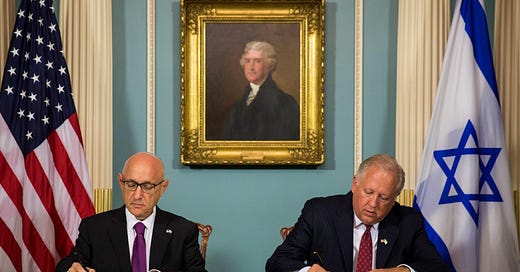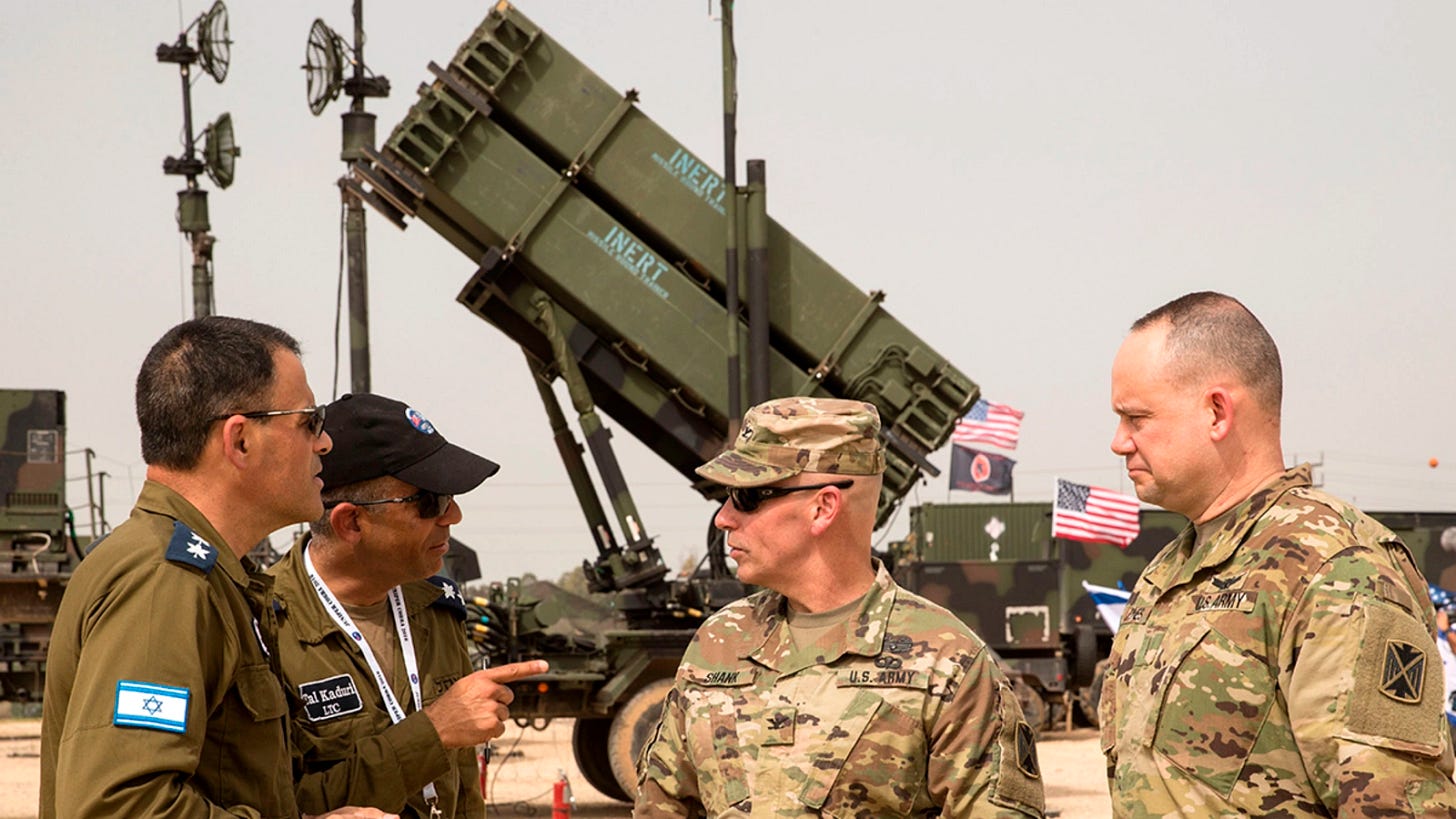Bottom Line Up Front (BLUF)
The U.S.-Israel strategic partnership is heavily driven by countering Iran. Joint military exercises (e.g., Juniper Cobra) and extensive intelligence-sharing agreements concrete examples of this alignment. Israel’s partnership is unique in its unconditional U.S. diplomatic shielding (e.g., 42 UN vetoes since 1972), non-repayable military grants ($158 billion since 1948), and domestic political influence (e.g., AIPAC lobbying). Many argue that U.S. support for Israel has complicated normalization efforts under the Abraham Accords (e.g., with Saudi Arabia) and fueled anti-American sentiment in some regional populations.
Strategic Foothold: While the Gulf War successfully expelled Iraq from Kuwait, reinforcing U.S. dominance and securing access to Persian Gulf resources, later operations, especially the Iraq War, faltered due to prolonged insurgencies, sectarian chaos, and the empowerment of Iran, undermining U.S. influence. These failures, marked by costly occupations and limited long-term strategic gains,, Israel emerged as the United States’ most reliable and militarily capable partner in the Middle East. Amidst the instability in Iraq, Syria, and other areas where U.S. influence diminished, Israel’s strategic position provided the U.S. with a steadfast ally to project power and maintain a foothold in the region.
1. U.S. Military and Economic Aid to Israel
Total Aid Since 1948: Approximately $158 billion ($260 billion when adjusted for inflation) in military aid, making Israel the largest cumulative recipient of U.S. foreign aid. U.S. military aid to Israel is provided almost exclusively as grants (not loans), requiring no repayment.
Note: most military aid is spent on U.S.-made equipment (e.g., F-35s, artillery shells), funneling funds back to U.S. defense contractors like Lockheed Martin and Raytheon
Memorandum of Understanding (2016): A 10-year agreement (2019–2028) committing $38 billion in military aid: $33 billion in Foreign Military Financing (FMF) and $5 billion for missile defense.
Foreign Military Financing (FMF): $33 billion.
Missile Defense: $5 billion (Iron Dome, David’s Sling, Arrow-3).
Annual Aid: Since 2019, the U.S. has provided $3.8 billion annually in military aid to Israel.
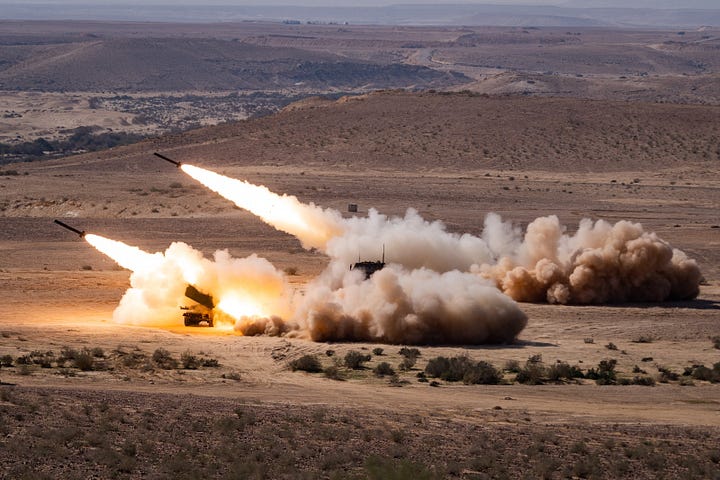
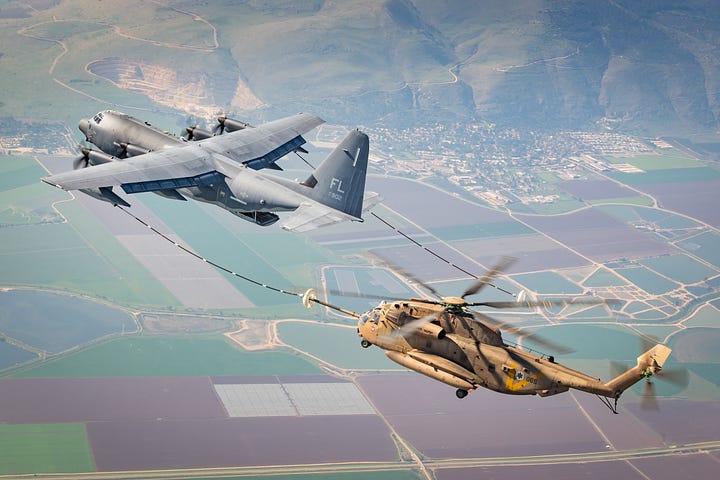
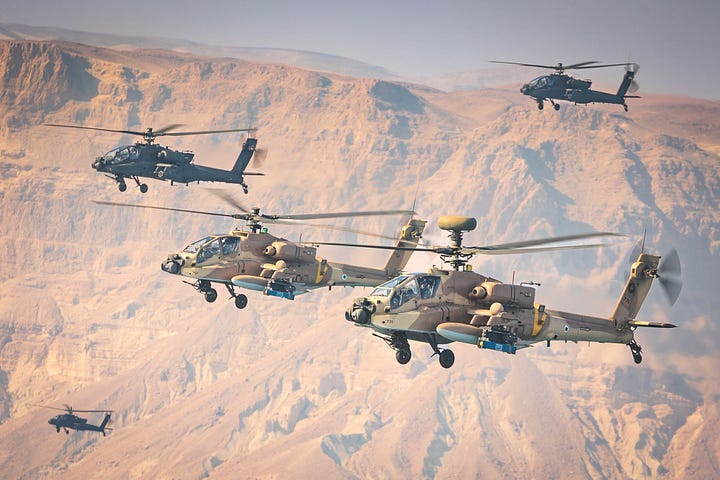
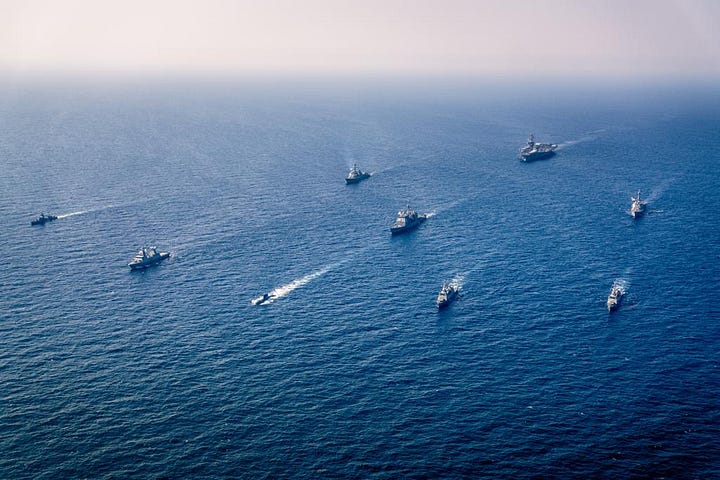
2. Recent Military Aid and Operations
Post-October 7, 2023: The U.S. has spent at least $17.9 billion on military aid to Israel since the onset of the Gaza conflict.
This includes $4.4 billion in drawdowns from U.S. stockpiles and used equipment. Israel has unique access to U.S. War Reserves Stock Allies-Israel (WRSA-I), allowing it to draw munitions directly from U.S. stockpiles in emergencies. A strategic advantage not extended to most allies.
Pre-positioned U.S. munitions in Israel (e.g., Negev Desert).
Expenditures cover munitions such as artillery shells, 2,000-pound bunker-busters, and precision-guided bombs.
The U.S. has supplied over 10,000x 2,000-pound bombs and 50,000x 155mm artillery shells (per reports from 2024).
Missile Defense Replenishment: $4 billion for Iron Dome/David’s Sling interceptors.
Approximately $4 billion allocated to replenish Israel’s Iron Dome and David’s Sling missile defense systems.
Additional U.S. Military Operations: An extra $4.86 billion spent on U.S. military operations in the region, including naval campaigns to counter Houthi attacks on commercial shipping.
Houthi Conflict Costs: The $4.86 billion for U.S. naval operations against Houthi attacks is accurate, but you could note that this figure may have increased in 2024–2025 due to ongoing Red Sea operations, potentially exceeding $6 billion (per Pentagon estimates). Port Access: Israel prioritizes U.S. naval vessels at Haifa Port.
3. U.S. Vetoes in the United Nations Security Council
1972–2006: The U.S. vetoed 42 UN Security Council resolutions critical of Israel.
Post-2006 Vetoes: The U.S. vetoed multiple UN Security Council resolutions related to the Israel-Palestine conflict in 2023–2024, including three ceasefire resolutions for Gaza (e.g., February 2024 and December 2023).
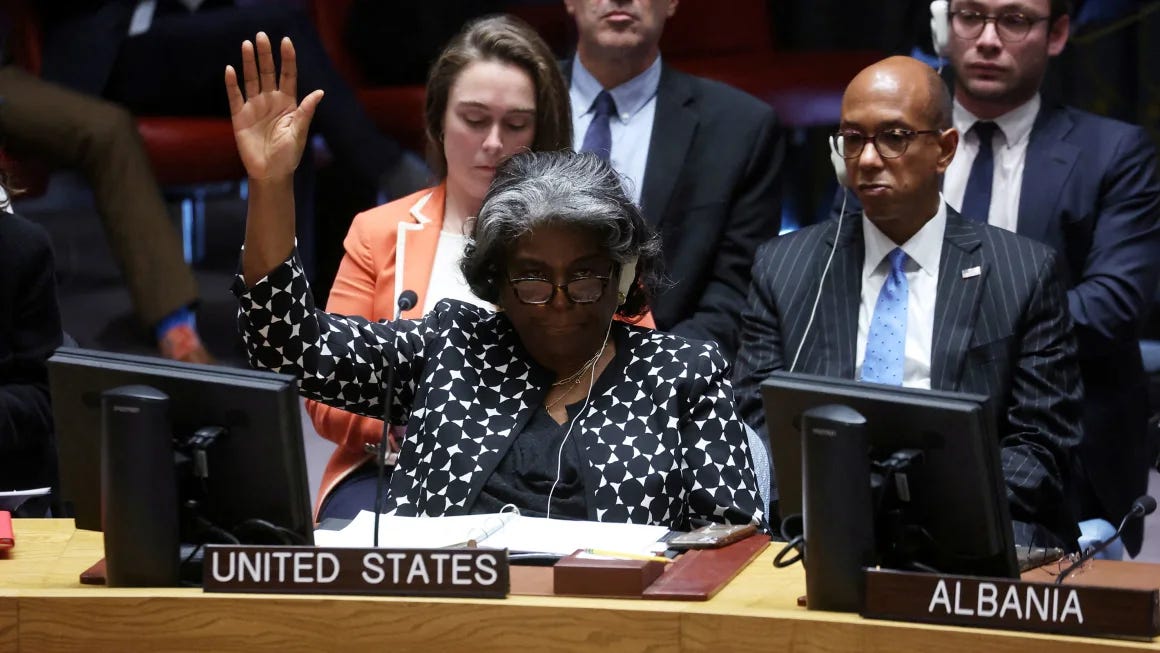
4. Arms Sales and Military Equipment
Foreign Military Sales (FMS) and Direct Commercial Sales (DCS):
Between 2001 and 2005, Israel received approximately $6.3 billion in combined FMS and DCS from the U.S.
Major Equipment Acquisitions:
In 2024, Israel signed a deal to purchase 25 F-35 fighter jets for $3 billion, part of a larger acquisition plan, bringing Israel’s total F-35 fleet to 75 by the 2030s, making it one of the largest F-35 operators outside the U.S.
In 2022, a contract was signed for four Boeing KC-46A tanker aircraft and associated support, valued at $927 million. The KC-46A tankers enhance Israel’s long-range strike capabilities, critical for potential operations against Iran or other regional threats.
THAAD Deployment: In late 2023, the U.S. deployed a Terminal High Altitude Area Defense (THAAD) battery to Israel to bolster its air defenses. This could be mentioned as a significant operational support measure, costing approximately $1 billion for deployment and maintenance.
Recent arms transfers, such as $18.8 billion in proposed sales approved in 2024, including 50 F-15IA jets and munitions (per the Defense Security Cooperation Agency).
5. Influence of Pro-Israel Organizations
AIPAC (American Israel Public Affairs Committee):
In early 2022, AIPAC formed its first political action committee (PAC).
The PAC endorsed 37 Republican members of Congress who voted against certifying the 2020 U.S. presidential election results.
The endorsements drew criticism from various figures, including Richard Haass, president of the Council on Foreign Relations, and Abe Foxman, former head of the Anti-Defamation League.
AIPAC’s annual lobbying expenditures exceeds $3 million and claimed credit for securing the $14.3 billion supplemental aid package for Israel in 2023.
While AIPAC is prominent, groups like Christians United for Israel (CUFI) and the Jewish Institute for National Security of America (JINSA) also influence U.S. policy. A brief mention could provide a fuller picture of the pro-Israel lobbying ecosystem.
U.S. defense contractors lobby Congress to maintain aid, citing job creation. For example, RTX (Raytheon) produces 70% of Iron Dome components in the U.S.
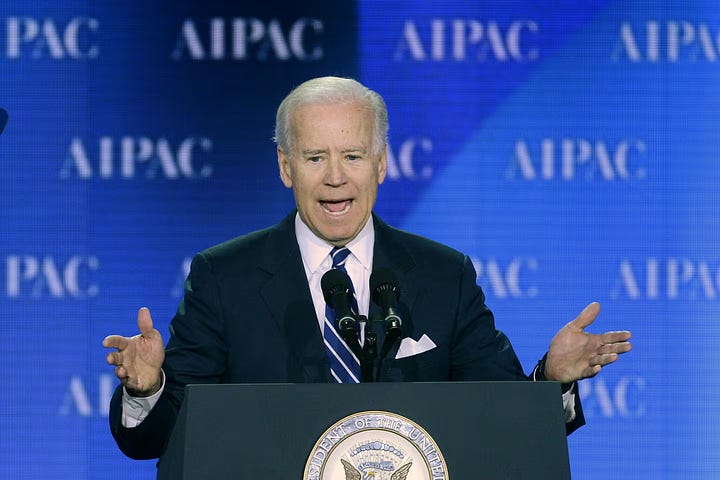
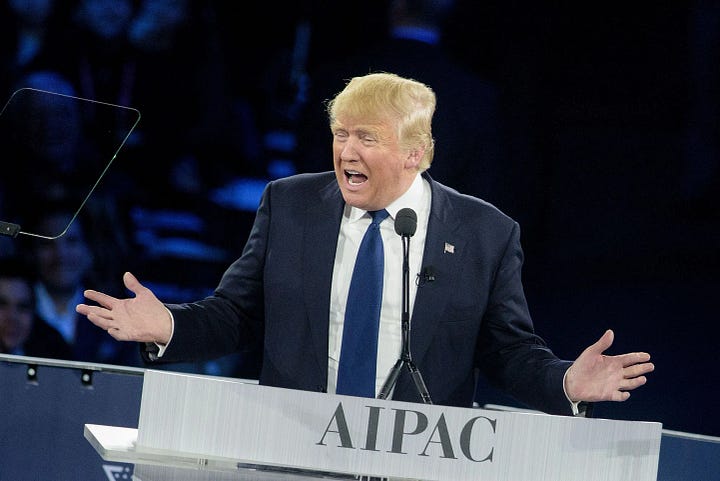
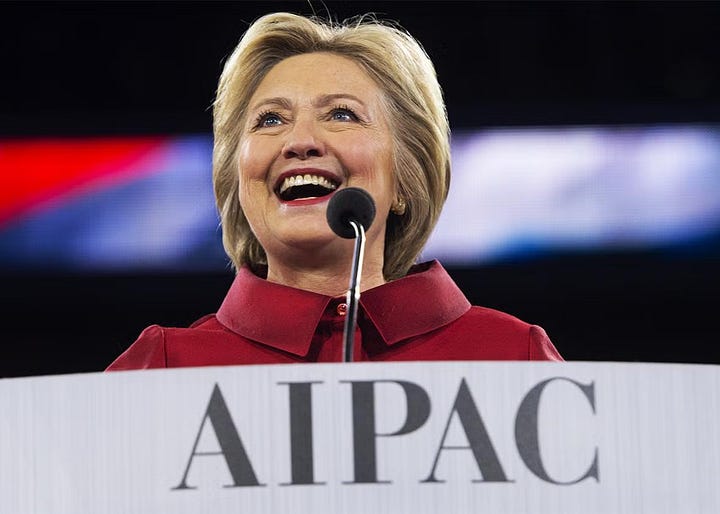
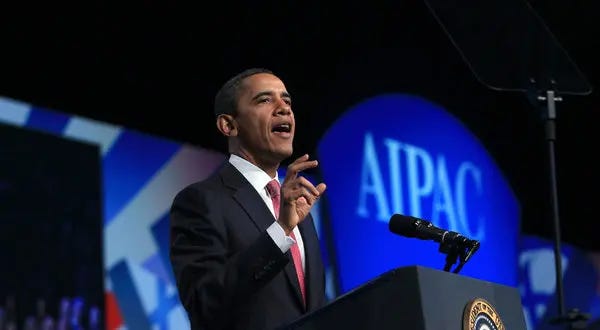
6. Intelligence Sharing
Research suggests the U.S. has close intelligence-sharing relationships with several nations, particularly the Five Eyes alliance, which is comprehensive in global SIGINT. However, it the U.S.-Israel relationship is unique due to its focus on Middle East HUMINT, raw data sharing, and strategic alignment, not fully replicated in other alliances.
NSA-Israel 2009 MOU
The NSA-Israel 2009 MOU allows raw intelligence sharing, including data on U.S. persons, subject to consultation. Israel’s HUMINT capabilities in Iran and Lebanon are critical to U.S. regional intelligence gaps.
Counter-Iran Focus: Joint exercises (e.g., Juniper Cobra); intelligence-sharing on Iranian nuclear/regional activities.
HUMINT Reliance: Post-1983 Beirut embassy bombing, CIA increasingly dependent on Mossad for Lebanon/Syria/Iran operations.
Cybersecurity: Co-development of Stuxnet (2010); ongoing joint cyber initiatives.
Conclusion
The U.S. military operations in the Middle East, particularly during the Gulf War (1990-1991) and subsequent engagements like the Iraq War (2003-2011), can be seen as attempts to project American power and maintain regional hegemony, driven by strategic interests in controlling oil, deterring rivals, and reshaping the region to align with U.S. goals. The Gulf War successfully expelled Iraq from Kuwait, reinforcing U.S. dominance and securing access to Persian Gulf resources, but later operations, especially the Iraq War, faltered due to prolonged insurgencies, sectarian chaos, and the empowerment of Iran, undermining U.S. influence. These failures, marked by costly occupations and limited long-term strategic gains, left Israel as the U.S.'s most reliable and militarily capable foothold in the region, serving as a stable ally amidst the volatility of Iraq, Syria, and other states where U.S. power projection either waned or backfired.
Invasion of Iraq: While controlling Iraq’s oil could weaken OPEC and secure U.S.-Saudi interests – one of the primary motivators for the Operation Iraqi Freedom, under the pretext of eliminating WMD’s, was the belief that toppling Saddam Hussein would weaken anti-Israel forces and facilitate broader U.S.-led "regional transformation" (including targeting Iran later). The Israel lobby, including groups like AIPAC, supported this by quietly lobbying for the war, reinforcing the administration’s resolve.
End of Brief.
[For more information on Section 14 please click here.]

